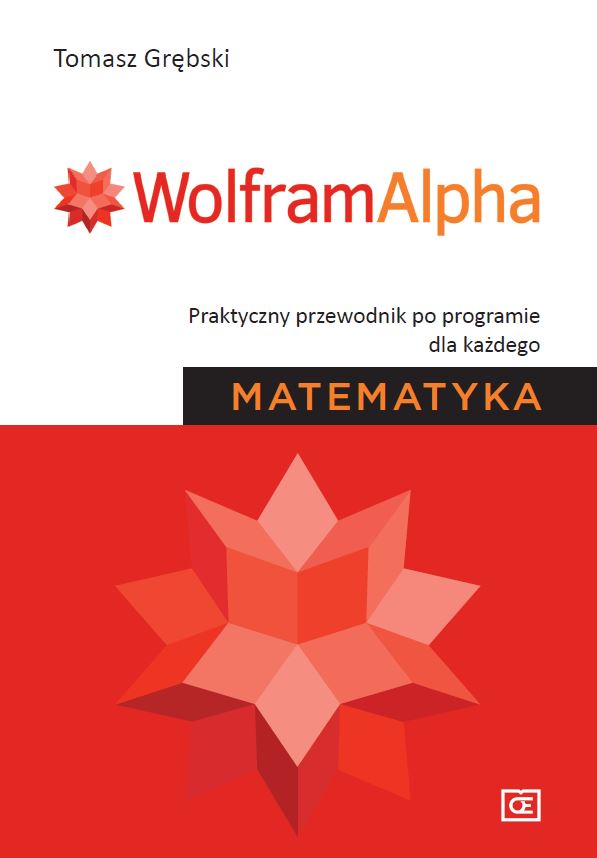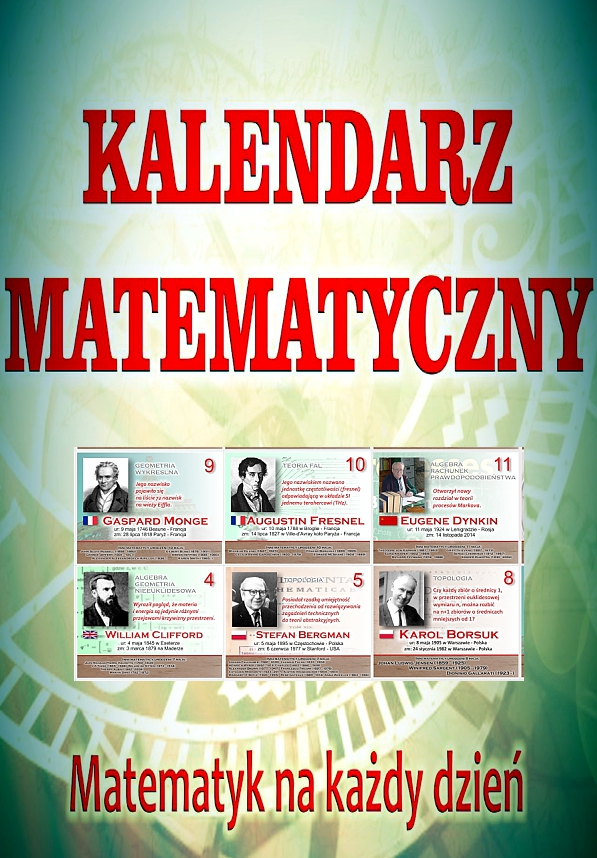MATURA OD 2023
Poziom Podstawowy od 2023 - zadania podzielone
na poszczególne działy matematyki
Poziom Rozszerzony od 2023 - zadania podzielone
na poszczególne działy matematyki
MATURA DO 2022
Poziom Podstawowy do 2022 - zadania podzielone
na poszczególne działy matematyki
Poziom Rozszerzony do 2022 - zadania podzielone
na poszczególne działy matematyki
"Dzień bez matematyki - to dzień stracony!"
Dlaczego warto korzystać z Portalu?
Pełny profesjonalizm
100% pozytywnych opinii
Profesjonalny i przyjazny interfejs








































